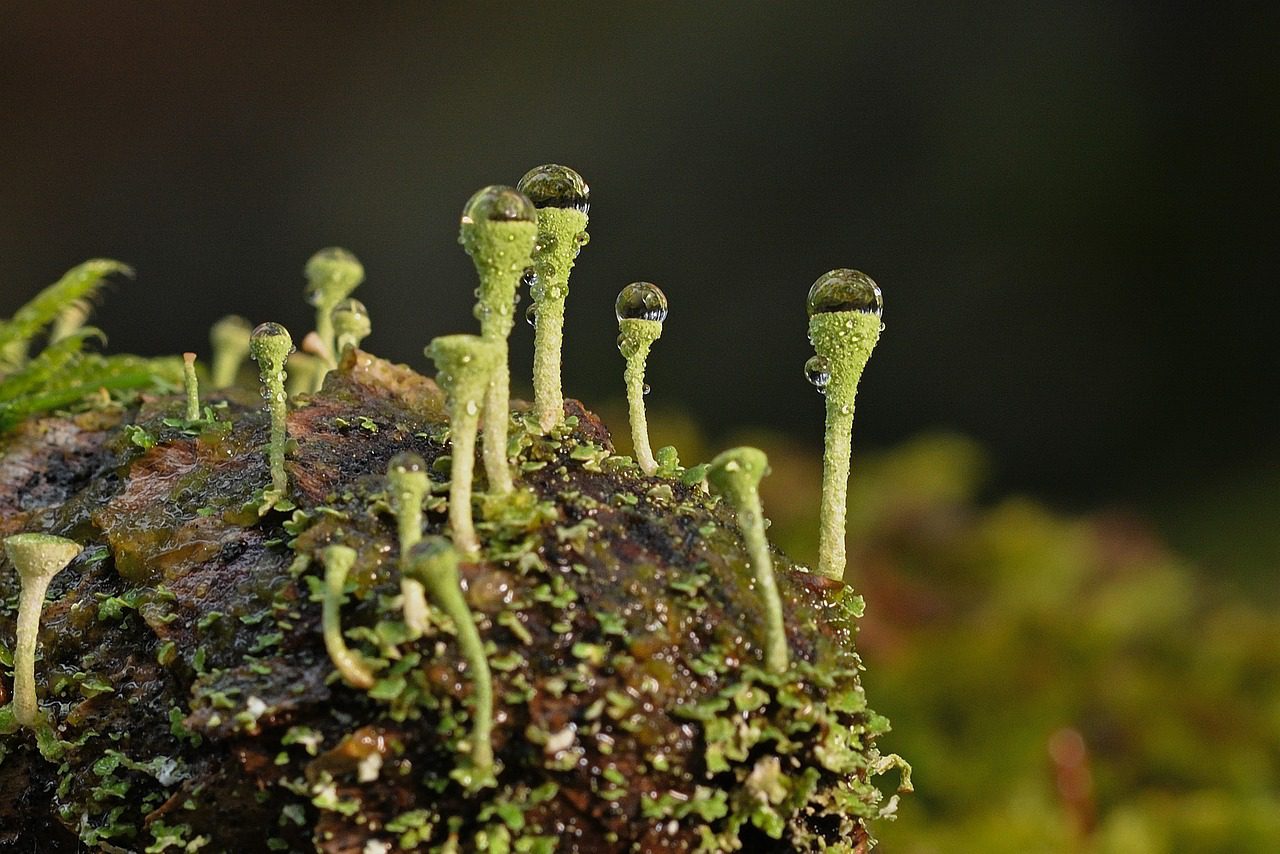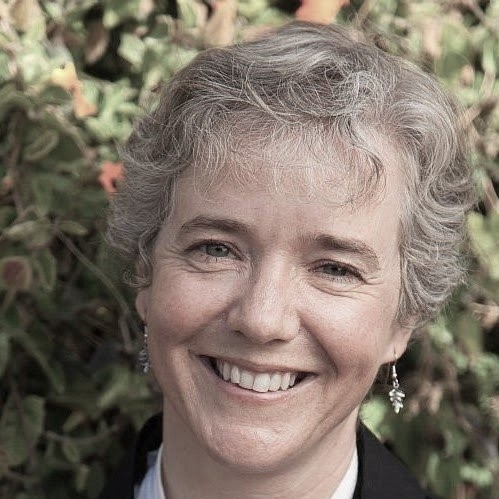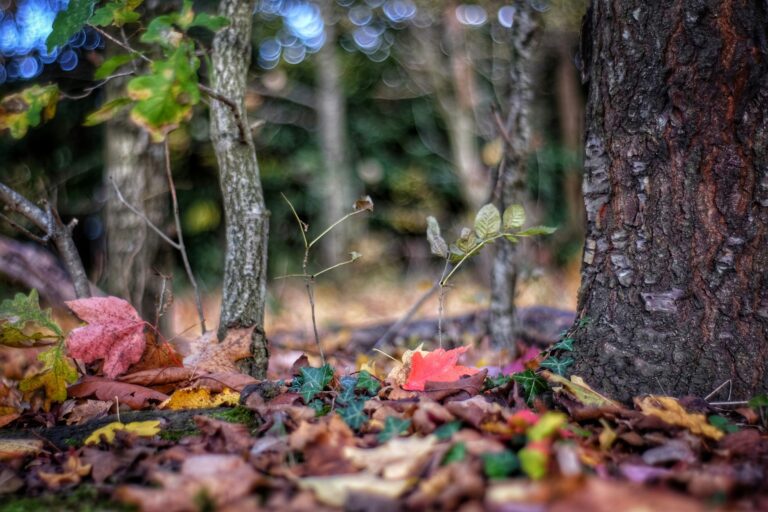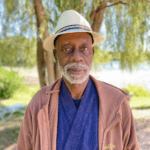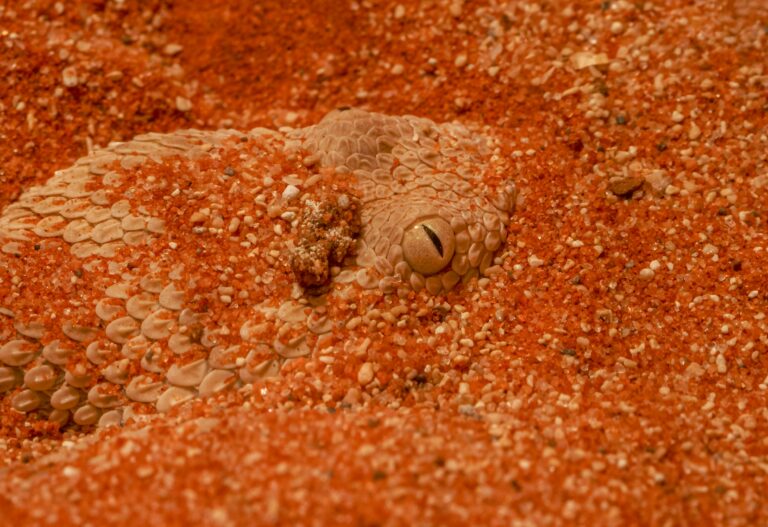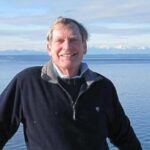Once a monk on pilgrimage met an old woman living alone in a hut. The monk asked, “Do you have any relatives?” She said, “Yes.” The monk asked, “Where are they?” She answered, “The mountains, rivers, and the whole earth, the plants and trees, are all my relatives.”
I am a Dharma practitioner, a Soto Zen priest, and a conservation biologist. These streams are not separate: my dedication to protecting endangered plants grows from my Dharma practice; my practice deepens through my intimate engagement with ecology and conservation. This ancient Chinese koan of the Zen woman living alone and yet not alone in her hut calls out questions that inform my whole life. It seems that in our Western culture we are just growing into an understanding of these questions, very late. Where are our relatives? Do we recognize them? Do we care for them? Do we allow them to help us?
In the overwhelming heat and darkness of a traditional Sioux sweat lodge, participants call out, “All my relations!” I think of this as both a prayer and a recognition that we are never genuinely alone. Our relations surround us: the whole earth, all the plants, trees and animals. We are bound together by intimate, inextricable ties of mutual responsibility and support.
Once, a long time ago, my infinitely great-grandmother and that grass blade’s infinitely great-grandmother were the same being.
Here are three stories of my—our—relatives.
I.
A few years ago I took a class in genetics at a local college, and one night we watched a film about genetic evolution. That evening I learned that we share 92 percent of our genes with mice, 44 percent with fruit flies, and—and this was the moment when my worldview turned upside-down—26 percent of our genes with yeasts, those friendly little single-celled organisms that help bread to rise. Our ancestors differentiated from the ancestors of the modern yeasts about one billion years ago. If I could go far enough back in my own family tree, and if I could look deeply enough into my own genetic structure, I would see our shared lineage, our family resemblance.
I walked outside after the film. The campus lights were just bright enough that I could see grass and shrubs and the trunks of the trees rising up and disappearing into the dark just past the edge of the sidewalk. As I stood there I understood that every living thing around me was a close relation: the Douglas firs, the shrubs of snowberry and salal, the worms and the sow bugs tunneling in the dirt, the lichens on the trunks of the trees, and even the bacteria munching their way through dead leaves on the ground. Almost a quarter of my genes were shared with that particular blade of grass, that one right there, just to the right of the edge of the sidewalk crack. Once, a long time ago, my infinitely great-grandmother and that grass blade’s infinitely great-grandmother were the same being.
I found myself saying quietly, “All my relations. All my relations,” and everything flared into living vividness around me.
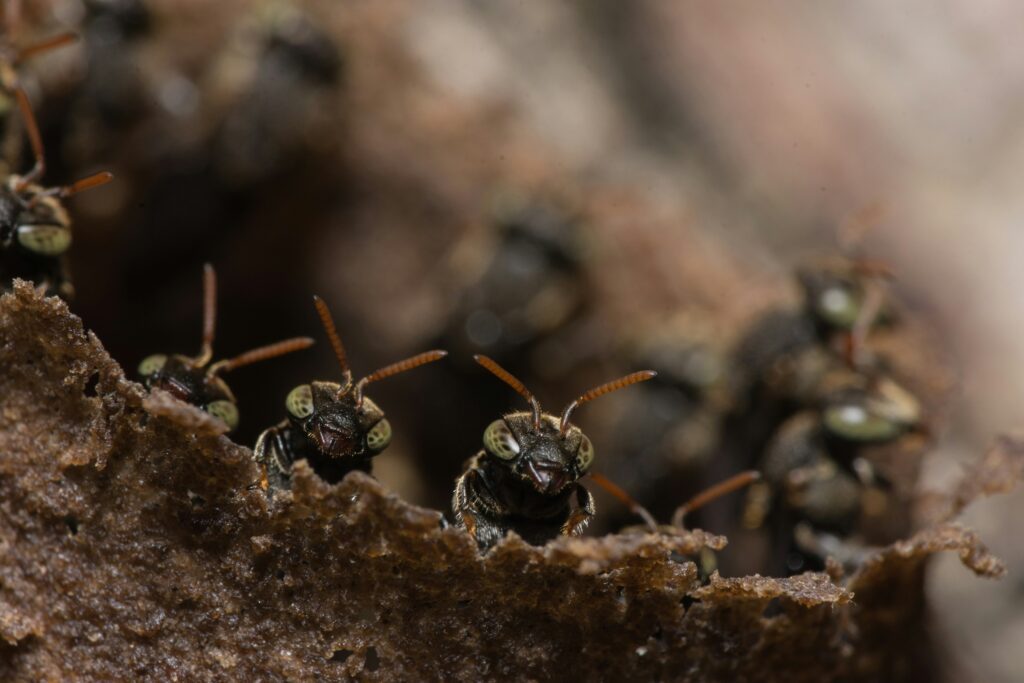
II.
The people who know me in my dark winter plumage as a Zen priest tell me that they have a hard time imagining my spring and summer life, when I take off my priest robes (at least the visible ones) and drive thousands of miles to climb up and down mountain ridges, sweat in the desert heat, clamber through dense bear-infested brush, and generally occupy myself in ways that very few people would have any desire or inclination to do.
I am an itinerant field botanist, with a specialty in the conservation of endangered plants. I’ve done this work for more than twenty-five years. When I chant the first of the great bodhisattva vows, “I vow to save all beings,” I am aware that my vow specifically includes what I call “the green world.” Many of us do bodhisattva work for the human world, but I know how desperately the non-human world needs us too.
I have found several plants that are new to science, all of them very rare. One of them, a beautiful wild buckwheat with gray leaves and balls of small, bright yellow flowers, is, as I write, being placed on the Endangered Species list. It grows on only one ridgetop in eastern Washington. The seedlings are no longer surviving the hot summers, and climate change may be part of the problem. These children of mine (millennia older than I) could disappear from the Earth before my lifetime is over. With that thought I feel the heat of the sweat lodge, and I feel the cry “All my relations!” rise up in me.
I have spent most of my working life with conservation scientists who, in their own ways, have each taken a vow to protect non-human beings. All conservation scientists live by this koan of the old woman’s relatives. Their monastery is the green world; their practice the daily struggle to protect what is disappearing before their eyes.
III.
This is a story from the green monastery, from Cloud Mountain Retreat Center, in the leafy forest of the coastal hills of Washington: I was there for three weeks of silent retreat, camped at the top of a hill in a tent, sitting outside under the trees all day.
One morning I met a moth. I had just flushed the toilet, when I noticed something floating on the water. I looked more closely and realized that it was a moth, or the remains of a moth. Although it seemed unlikely that it had survived, I fished it out and placed it on the back of the toilet. When I looked again, it gave a brief quiver, so I picked it up gently and carried it outside. It was a lovely moth, even drenched with toilet water, with white, translucent wings, each with a delicate gray spot.
I tried to place it on the deck railing in the sun, but it fluttered up and straight onto my shirt. I thought that it might need to dry its wings, so I sat down slowly in the sun and waited. I felt quite honored to be a resting and drying place for a moth. After all, I had nowhere particular to go and nothing particular to do, other than to be a moth-drying surface. After about twenty minutes, I realized that the moth had taken up residence on my shirt, so I got up carefully and walked to my sitting place in the woods. There we sat, the two of us, in the dappled morning light, while time passed in the way it can on retreat, with a kind of stately, everyday grandeur. After a while I got up and did walking meditation, walking slowly through the forest with the moth still clinging to me. And so we walked together, the moth and I.
Many of us do bodhisattva work for the human world, but I know how desperately the non-human world needs us too.
The moth stayed with me all day. Later that afternoon, it fluttered to my face. I went back to my sitting spot in the forest, and when the breeze blew I could feel wings against my cheek, an infinitely gentle sensation at the edge of perception. Hours later, the moth flew to a nearby sword fern and rested there. The moth returned to me one more time and perched on my knee for a while before disappearing into the dusky forest.
I don’t know what happened that day, but whatever it was, it felt like a kind of love, those wings infinitely soft against my face. It is humbling to be honored so by a relative, to save and be saved by another, beyond the realm of predator and prey, fear and desire.
::
We live sheltered and fed and protected by our relations; we save them and are saved in turn. We wake in the monastery of trees above our roofs, wake to the morning bells of birdsong calling us to wake up, to meet our relations with every bite of food, with every breath, with every beat of the heart. We are never alone, just as the old woman in her hut knew, completely, that she was never alone. As she said to that nosy monk, “Relations? Why, just look around. Show me something that is not a relation!”
This article originally appeared in the Spring 2012 issue of Inquiring Mind. It is shared here under Creative Commons Attribution-NonCommercial-NoDerivatives 4.0 International.

